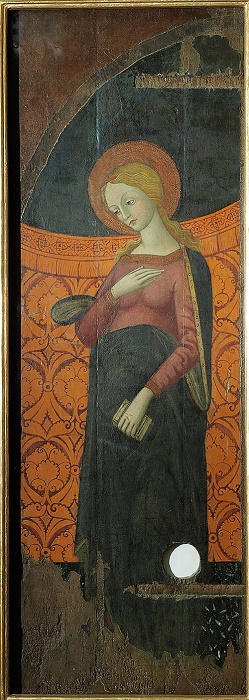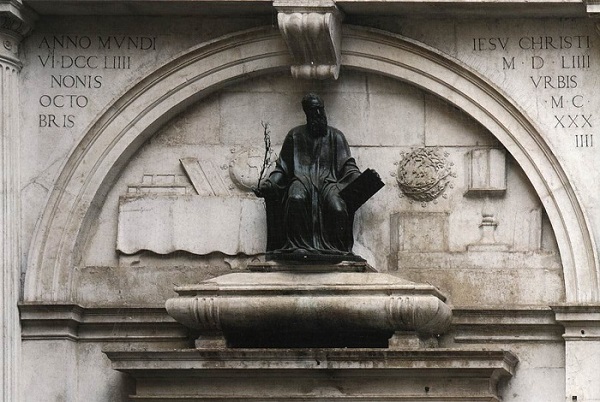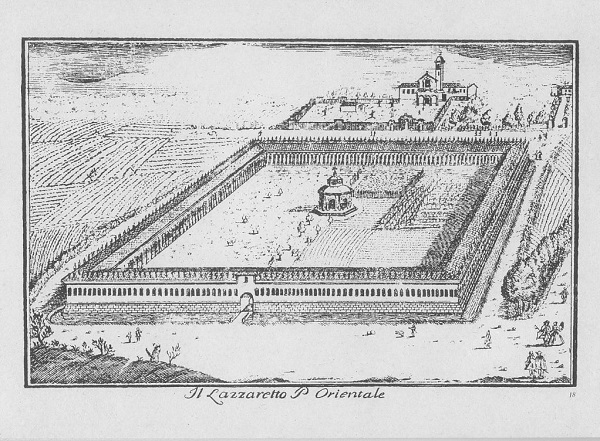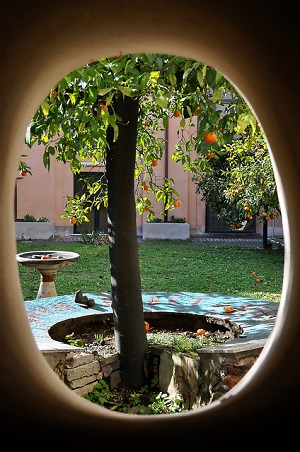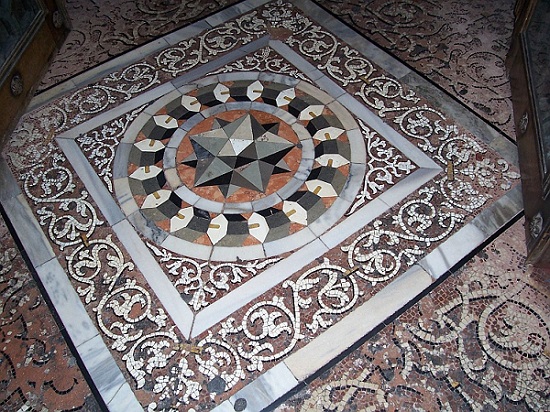Because of a notorious remark by Don Abbondio, a character in Allessandro Manzoni’s novel I promessi sposi (The Betrothed), Carnielo has become synonymous with the “perfect nobody” in Italy. By analogy, Florentines can be heard exclaiming: “Carnielo? Who was that guy?” Such being the case, it should be no surprise that the gallery dedicated to him is little known in Florence, yet it is the only institution that gives an insight into Florentine artistic life of the belle époque, a period when painters’ and sculptors’ studios were ubiquitous in the neighbourhood around Piazza Savonarola, and as the name Via degli Artisti illustrates.
This gallery occupies the ground floor of a small building that was the home and workshop of the sculptor Rinaldo Canielo, set in the middle of Piazza Savonarola in a neighbourhood rich in Florentine belle époque villas built in a sober and elegant style. This house is one of the most significant examples of the influence of Art Nouveau in Florence, with its central façade flanked by two wings, characterised by the statement : ONARA L’ARTE CHE È VITA DELLA VITA (“Celebrate art, which is the life of life”.) Another inscription can be read on the Via Benivieni side: PER ASPERA AD ASTRA (“Through hardships to the starts”). The ensemble is imbued with a strange atmosphere at once serious and bizarre, while the peaceful Piazza Savonarola opens up before you, dominated by a monument to the Dominican preacher that used to stand in Piazza Vecchio and graced with other belle époque buildings, such as the remarkable angled houses and the characteristic red of the headquarters of Syracuse University.
Once inside the gallery, you’ll find an exhibition space rare in Florence: three rooms filled with a large number of plaster moulds, bas-reliefs, models and marble or bronze sculptures by Carnielo, bequeathed by his heirs in 1958 to the Municipality of Florence along with the workshop. Despite a few allusions to Renaissance motifs, Carnielo favoured a portentious style particularly evident in his funerary monuments and commemorative pieces, such as the Dying Mozart, Angel of Death and Lion’s Head.
Carnielo’s academic technique is rather removed from the avant-garde overturning of artistic expression a few years later, being closer to the taste for verismo (realism) and stressing the dramatic intensity of imagery (see Dying Mozart above).
Whilst this may seem an unusual place to visit, I do strongly recommend you make the effort – it is a unique, challenging and extraordinary experience.


